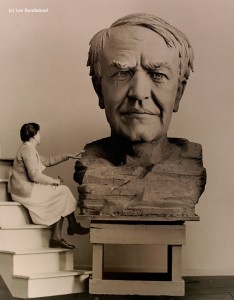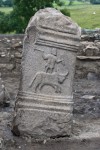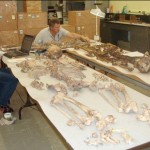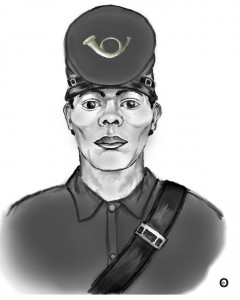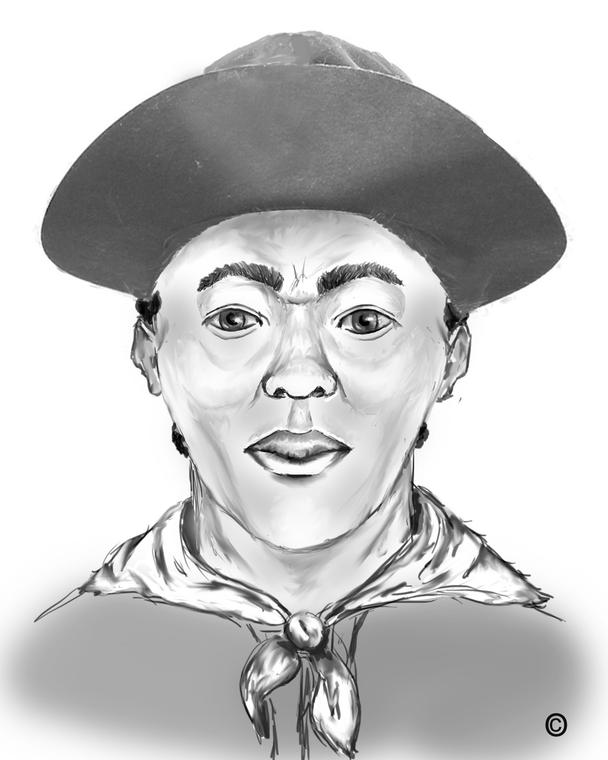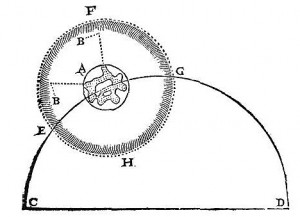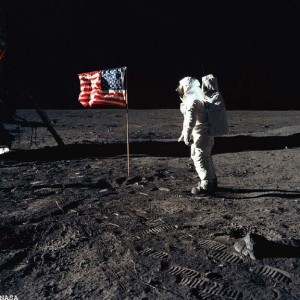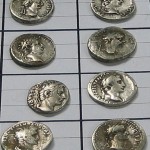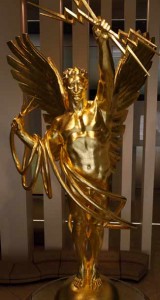 In 1916, sculptor Evelyn Beatrice Longman completed a monumental statue for AT&T called “The Genius of Electricity”. Cast in bronze and covered with tens of thousands of pieces of paper-thin gold leaf, Golden Boy weighs 16 tons and stands 24 feet (7.3 meters) high, with a nine foot wingspan.
In 1916, sculptor Evelyn Beatrice Longman completed a monumental statue for AT&T called “The Genius of Electricity”. Cast in bronze and covered with tens of thousands of pieces of paper-thin gold leaf, Golden Boy weighs 16 tons and stands 24 feet (7.3 meters) high, with a nine foot wingspan.
It went on top of AT&T’s corporate headquarters in Manhattan, and was at the time the second largest sculpture in New York, second only to the Statue of Liberty. It was even on the cover of phone books for a few decades until the 60’s.
Then came the break up of the Baby Bells in the 80’s and AT&T moved into a new building with a notched roof, so they made a niche in their gigantic multi-story lobby just for Golden Boy. 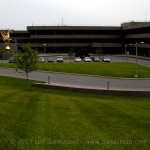
The telecoms just kept flailing through the 90’s and Golden Boy was moved a couple of times until he ended up in the parking lot of a New Jersey office park.
Now that SBC has bought AT&T and taken its name, they wisely decided to rescue Golden Boy from the chilling ignominy of his Jersey location and return him to glory in the lobby of their Dallas headquarters.
Lee Sandstead, who hosts the Travel Channel’s Art Attack, is enthusiastic, almost effusive.
“This is absolutely a serious work of art, and it’s absolutely a masterpiece,” said Sandstead, an art historian. “It’s perhaps the most beautiful depiction of the male figure in American art.” […]
Longman is one of the few women in American history to create monumental sculpture.
“The work was considered too physically demanding for a woman,” he said. “It required lifting heavy equipment up and down scaffolding, and bending metal.”
She was a protégé of Daniel Chester French, working with him on the design of the Lincoln Memorial. She is now largely – and, Sandstead thinks, unfairly – forgotten.
“If she had been born 30 years earlier, she would have been more famous,” he said. “By 1915, her kind of art was beginning to wane in popularity, critics were beginning to be attracted by the modernist movement, which was more abstract.”
She seems to have had a full career, though, until her death in the 1950’s. Commissions certainly kept coming in. Here she is working on a bust of Edison for the Naval Research Laboratory in 1947, just five years before she died. It was completed in 1952.
